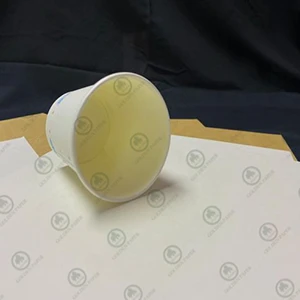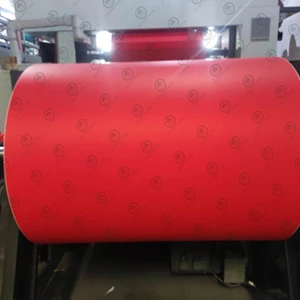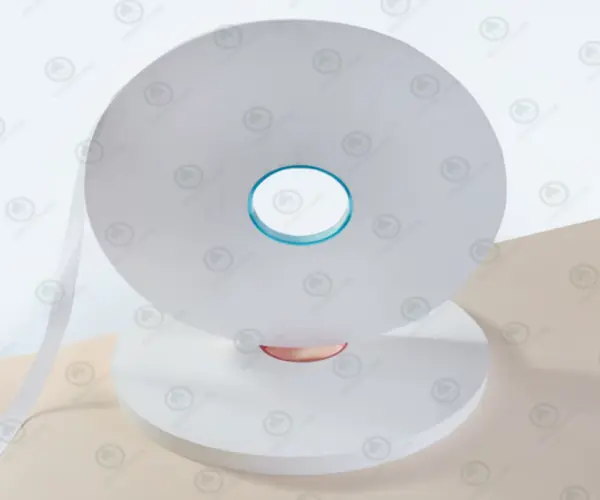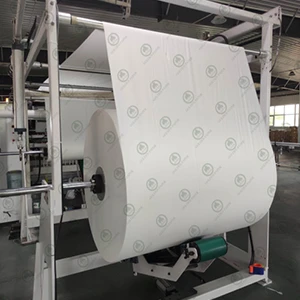In today's fast-paced world, packaging plays a crucial role in preserving the quality and extending the shelf life of products. Liquid packaging board, in particular, is a versatile and sustainable material that is commonly used for packaging beverages, dairy products, and liquid food items. In order to maximize the shelf life of products packed in liquid packaging board, it is important to employ proper preservation techniques. In this blog, as one of the most professional paper board manufacturers, we will explore some of these techniques.
Barrier coatings
One of the key factors that affect the shelf life of products packed in liquid board is the barrier properties of the material. Barrier coatings are used to improve the resistance of the board to moisture, oxygen, and other external factors that can cause spoilage. These coatings not only help in extending the shelf life of the product but also maintain its freshness and quality.
Aseptic packaging
Aseptic packaging is a technique that involves sterilizing the liquid packaging board and the product before filling and sealing. This process helps in eliminating harmful microorganisms that can lead to product spoilage. Aseptic packaging not only extends the shelf life of the product but also allows for storage at room temperature without the need for refrigeration.
Modified atmosphere packaging (MAP)
MAP is another popular technique used for extending the shelf life of products packed in liquid packaging board. In this technique, the atmosphere inside the food packaging board is modified by replacing oxygen with other gases such as nitrogen or carbon dioxide. This helps in slowing down the oxidation process and inhibiting the growth of spoilage-causing microorganisms.
Vacuum packaging
Vacuum packaging is a preservation technique that involves removing the air from the package before sealing. This helps in reducing oxygen levels inside the package, which in turn inhibits the growth of aerobic bacteria and slows down the deterioration of the product. Vacuum packaging is particularly effective for extending the shelf life of liquid products that are sensitive to oxidation.
Shelf-life extension and preservation techniques for liquid packaging board have evolved to meet the demands of modern consumers for fresh, high-quality products with minimal environmental impact. From barrier coatings and aseptic packaging to modified atmosphere packaging, active packaging, and intelligent packaging solutions, a variety of approaches are available to enhance product stability and prolong shelf life. By leveraging these techniques, manufacturers can ensure that liquid products packaged in LPB maintain their freshness, taste, and nutritional value while reducing food waste and meeting consumer expectations for convenience and sustainability.
 GOLDEN PAPER
GOLDEN PAPER
 EN
EN
 fr
fr  de
de  es
es  it
it  ru
ru  pt
pt  ar
ar  vi
vi  tr
tr  id
id 










































